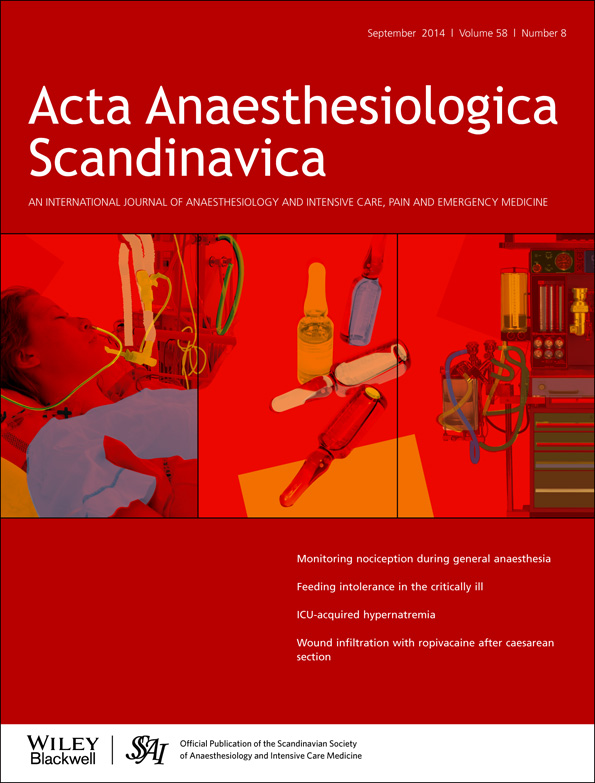Dexmedetomidine does not reduce emergence agitation in adults following orthognathic surgery
Abstract
Background
Patients undergoing orthognathic surgery are at high risk of developing emergence agitation. We hypothesised that a single-dose of dexmedetomidine would reduce emergence agitation in adults with nasotracheal intubation after orthognathic surgery.
Methods
Seventy adults (20–45 years old) undergoing orthognathic surgery were randomly assigned to two groups. Patients received intravenous dexmedetomidine 1 μg/kg (dex group) or normal saline (control group) for 10 min at the end of surgery. Remifentanil was infused at 0.02 μg/kg/min during emergence in both groups. The severity of emergence agitation was assessed with the Richmond agitation–sedation scale. Cough, haemodynamic and respiratory profiles, pain, and time to eye opening were evaluated.
Results
The incidence of emergence agitation was not different between dex group and control group (38% vs. 47%, P = 0.45). However, severe cough during emergence was reduced in the dex group (P = 0.04). Tachycardia during emergence and recovery phases was attenuated in the dex group. The verbal numeric rating of pain was lower in the dex group. There were no differences in respiratory rate between the two groups. Time to eye opening was prolonged in the dex group.
Conclusion
The addition of a single dose of dexmedetomidine (1 μg/kg) to low-dose remifentanil infusion did not attenuate emergence agitation in intubated patients after orthognathic surgery compared with low-dose remifentanil infusion alone. However, single-dose dexmedetomidine suppressed coughing, haemodynamic changes, and pain during emergence and recovery phases, without respiratory depression. Delayed awakening might be associated with this treatment.




